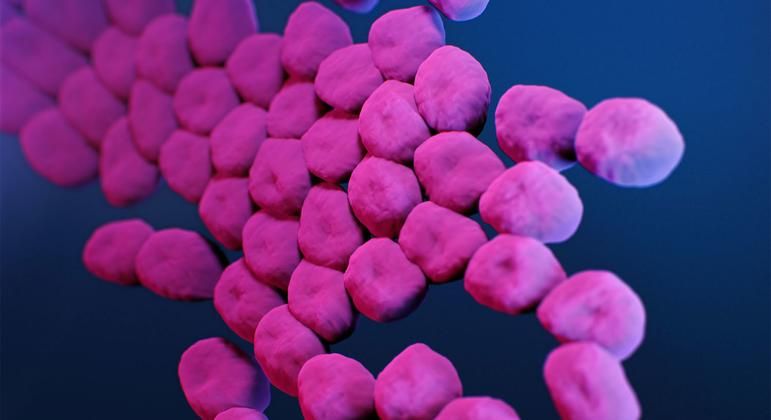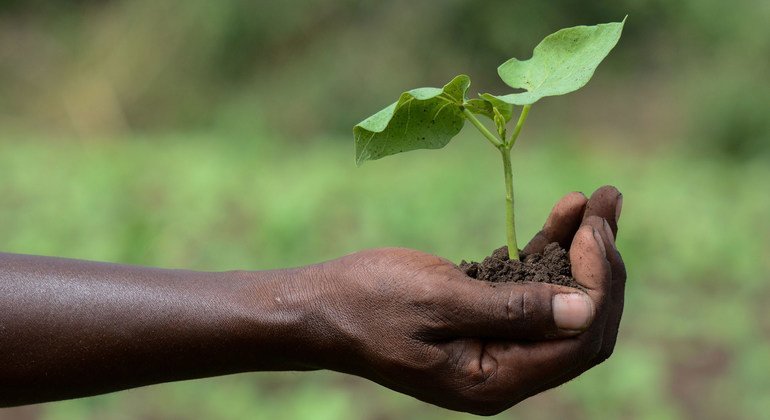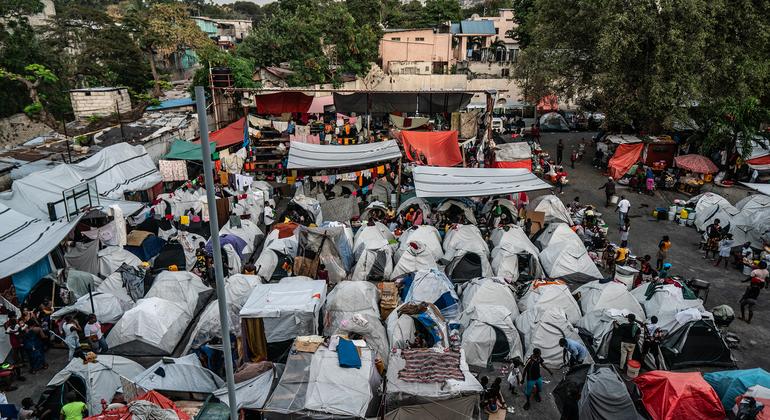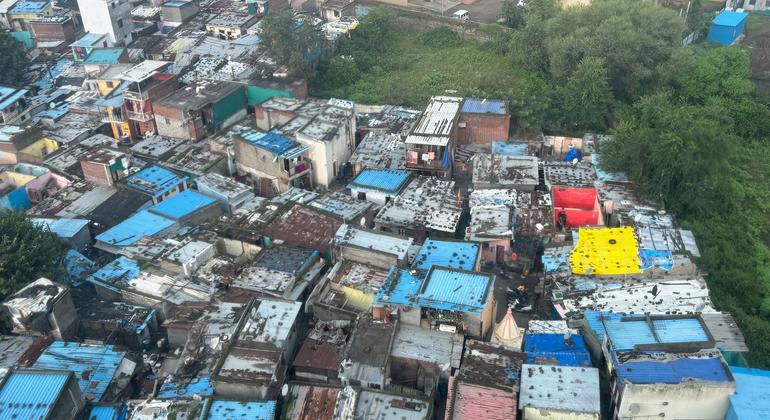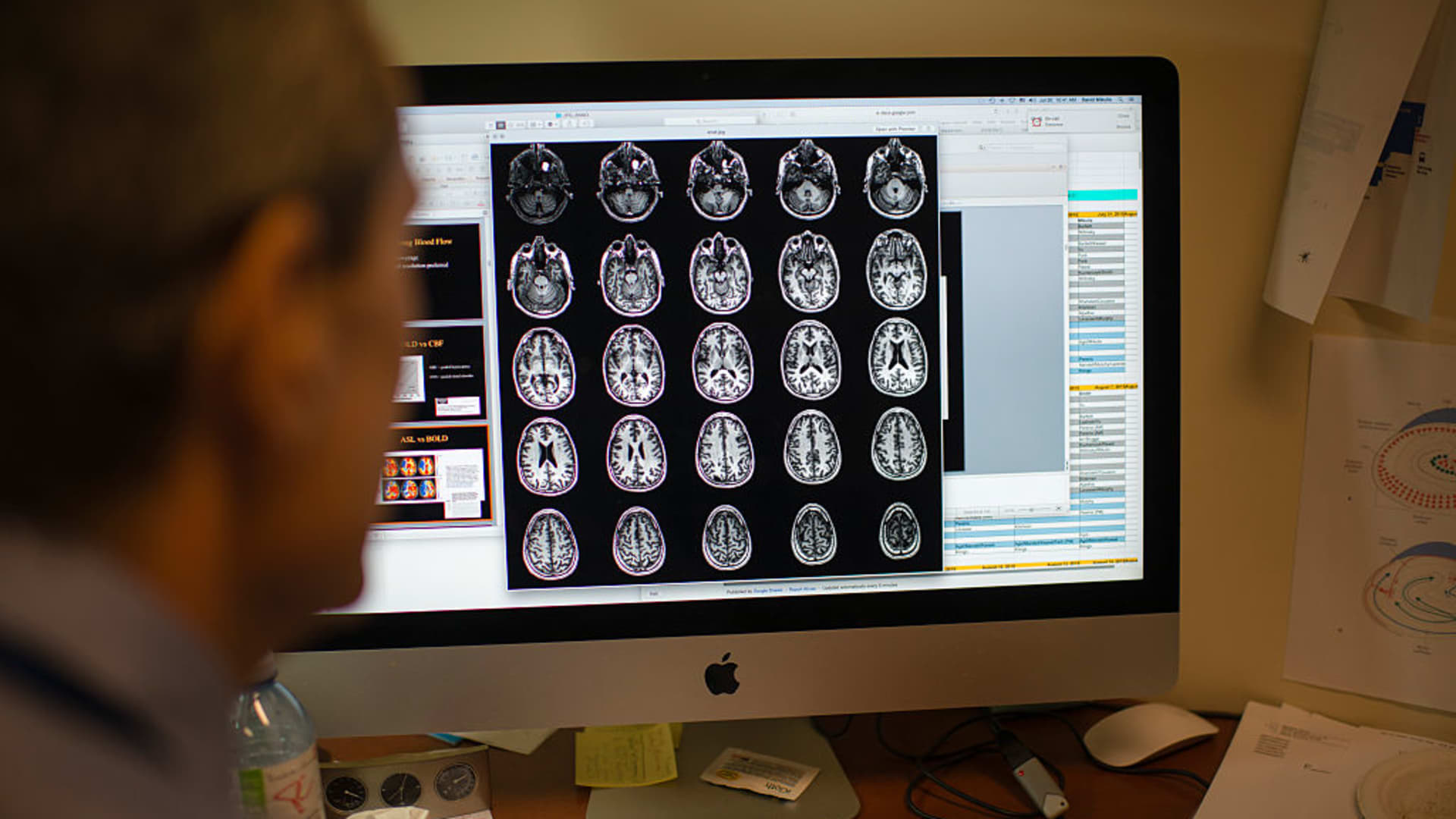Ahead of the General Assembly's high-level meeting on antimicrobial resistance on 26 September, here's what you need to know:
What is RAM?
Since their discovery a century ago, antimicrobial drugs, from antibiotics to antivirals, have significantly extended the average life expectancy. Every day, these essential medicines save millions of lives – until they stop.
Antimicrobial resistance occurs when microorganisms such as bacteria, viruses, fungi and parasites no longer respond to antimicrobial drugs. As a result of drug resistance, antimicrobial drugs become ineffective and infections become difficult or impossible to treat, increasing the risk of disease spread, serious illness, disability and death, according to the United Nations World Health Organization (WHO).
Like COVID-19, drug-resistant infections know no borders and no one is immune. However, the incidence is highest in low- and middle-income countries.
The threat of antimicrobial resistance is growing.
WHO: “It can happen to anyone”
Behind every number of AMR figures is a real human cost. Some of the growing burdens we face include limited treatment options, prolonged hospital stays, constant medication, prolonged loss of income, medical debt, poverty, loss of family members and bereavement. Lives are severely affected, in some cases fatally.
“It can happen to anyone, anywhere,” according to the UN health agency.
Even if you're in good health, a minor injury, routine surgery or common lung infection could unexpectedly turn into a life-threatening situation. For those with pre-existing conditions, such as cancer, HIV or diabetes, an untreatable infection could emerge as a dangerous second threat, striking when you least expect it.
What drives you?
Several factors can accelerate the emergence and spread of AMR, with overuse of antibiotics being one of the main drivers.
Overuse and misuse of antimicrobials: Unnecessary use of antibiotics, overprescription by healthcare providers, and incomplete treatment can all contribute to resistance.
Agricultural use: The use of antibiotics in livestock to promote growth and prevent disease can lead to resistant strains that can be transmitted to humans.
Poor infection control: Inadequate sanitation and hygiene in health care settings and communities facilitate the spread of resistant microorganisms.
Global Trade and Travel: Increased movement of people and goods allows resistant organisms to spread more easily across borders.

A doctor examines a sample in a microbiology laboratory at a teaching hospital in Nigeria.
Consequences of RAM
The rise of antimicrobial resistance has serious consequences for personal and public health.
Antimicrobial resistance threatens the lives of millions of people and our economic future. It also affects food systems, development and security.
According to the World Bank, it could have an estimated global annual cost of up to $3.4 trillion by 2030, pushing around 28 million people into poverty by 2050.
Global Action Plan
The good news is that antimicrobial resistance is 100% preventable. International partners adopted a Global Action Plan in 2015 and have stepped up public awareness, responsible use of antimicrobials and ongoing research.
Another effective tool is to reduce the need for antimicrobials by strengthening health systems through universal health coverage to prioritize infection prevention and control, immunization, and water, sanitation, and hygiene (WASH) programs.
For its part, the WHO is monitoring, reporting and providing updates on drug-resistant microorganisms. For example, earlier this year it updated its list of drug-resistant bacteria that pose the greatest threat to human health.
“Since the first Priority Bacterial Pathogens List was published in 2017, the threat of antimicrobial resistance has intensified, eroding the effectiveness of many antibiotics and putting many of the advances of modern medicine at risk,” said Dr Yukiko Nakatani, WHO Assistant Director-General for Antimicrobial Resistance, when the latest list was published in May.
“By mapping the global burden of drug-resistant bacteria and assessing their impact on public health, this list is key to guiding investment and addressing the access and supply chain crisis of antibiotics,” he stressed.
Who is taking action to stop RAM?

Scientists in Argentina are studying bacterial samples to track and monitor the emergence of antimicrobial resistance (AMR).
- World leaders will meet at the United Nations General Assembly's high-level meeting on antimicrobial resistance in September to adopt a political declaration.
- The Quadripartite Joint Secretariat on AMR consolidates cooperation between the Food and Agriculture Organization of the United Nations (FAO), the United Nations Environment Programme (UNEP), WHO and the World Organization for Animal Health (WOAH), leveraging their core mandates to support the global response to AMR across the One Health spectrum.
- WHO launched global vaccine RAM is invisible. I am not.campaign to raise public awareness in early 2024 and organizes a World AMR Awareness Week every year from 18 to 24 November.
- WHO has created a survivors’ working group to provide a platform and voice for those who have suffered complications from drug-resistant infections.
- Read the WHO fact sheet on antimicrobial resistance here.

